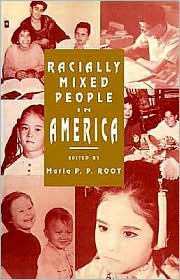Raising Eurasia: Race, Class, and Age in French and British ColoniesPosted in Articles, Asian Diaspora, Caribbean/Latin America, Europe, History, Media Archive, Social Science, United Kingdom, United States on 2009-10-15 19:47Z by Steven |
Raising Eurasia: Race, Class, and Age in French and British Colonies
Comparative Studies in Society and History
Volume 51, Issue 2 (April 2009)
pages 314-343
DOI: 10.1017/S0010417509000140
David M. Pomfret, Associate Professor
The University of Hong Kong
Sexual relationships between European men and indigenous women produced racially mixed offspring in all of Europe’s empires. Recent interdisciplinary scholarship has shown how these persons of mixed race, seen as transgressing the interior frontiers of supposedly fixed categories of racial and juridical difference upon which colonizers’ prestige and authority rested, posed a challenge to the elaborate but fragile sets of subjective criteria by which “whiteness” was defined. Scholars critiquing the traditional historiography of empire for its tendency to present colonial elites as homogeneous communities pursuing common interests have emphasized the repertoire of exclusionary tactics, constructed along lines of race, class, and gender, devised within European colonial communities in response to the presence of “mixed bloods.” This article aims to show that the presence of people of biracial heritage inspired collaborative as well as exclusionary responses in outposts of European empire during the late imperial era. It also illustrates how, with white prestige and authority at stake, age, age-related subcategories, and in particular childhood and adolescence, powerfully underpinned responses to the threat this group posed to the cultural reproduction of racialized identity.
Footnotes
Acknowledgments: Research for this article was generously supported by the Hong Kong Government Research Grants Council Competitive Earmarked Research Grant (HKU7455/05H).






